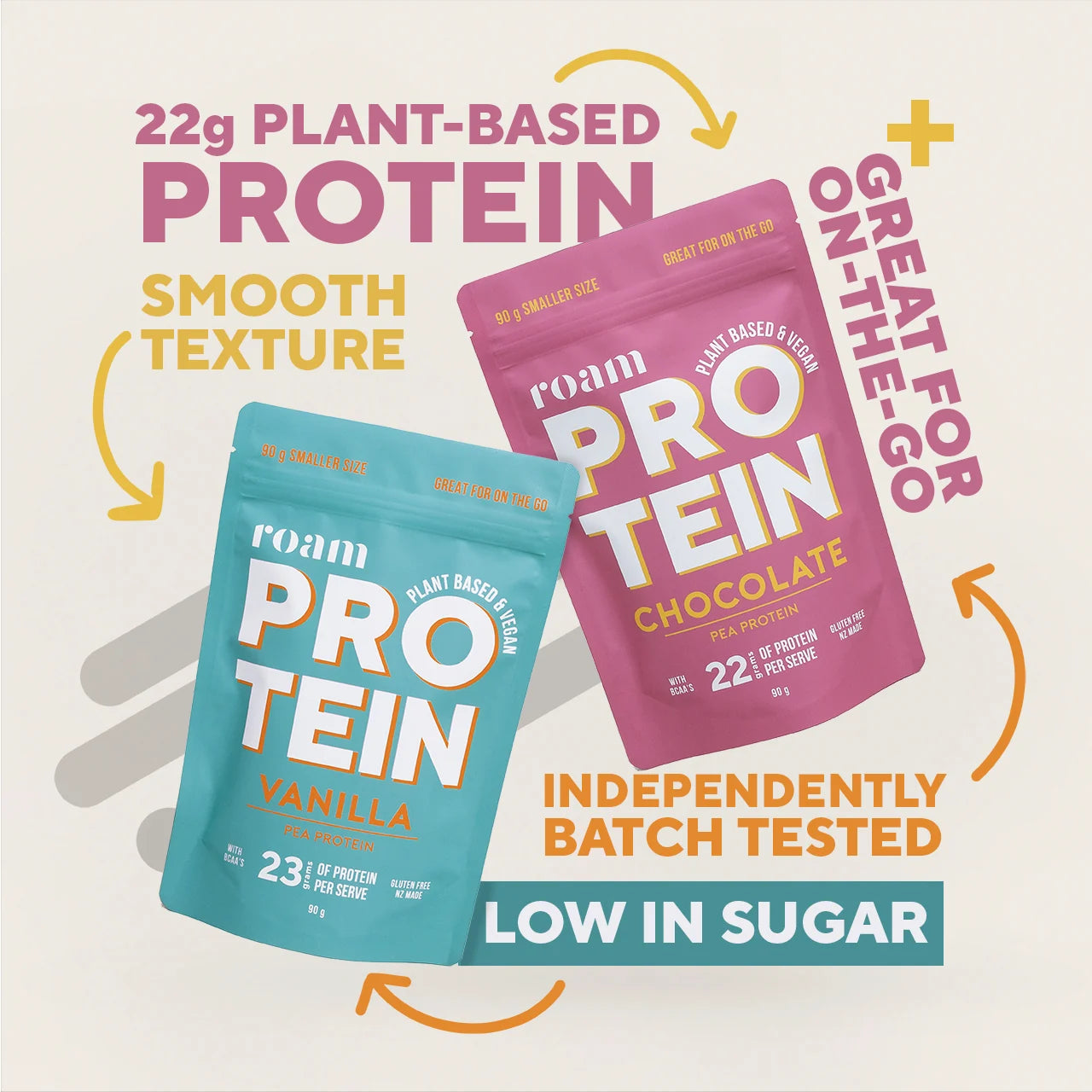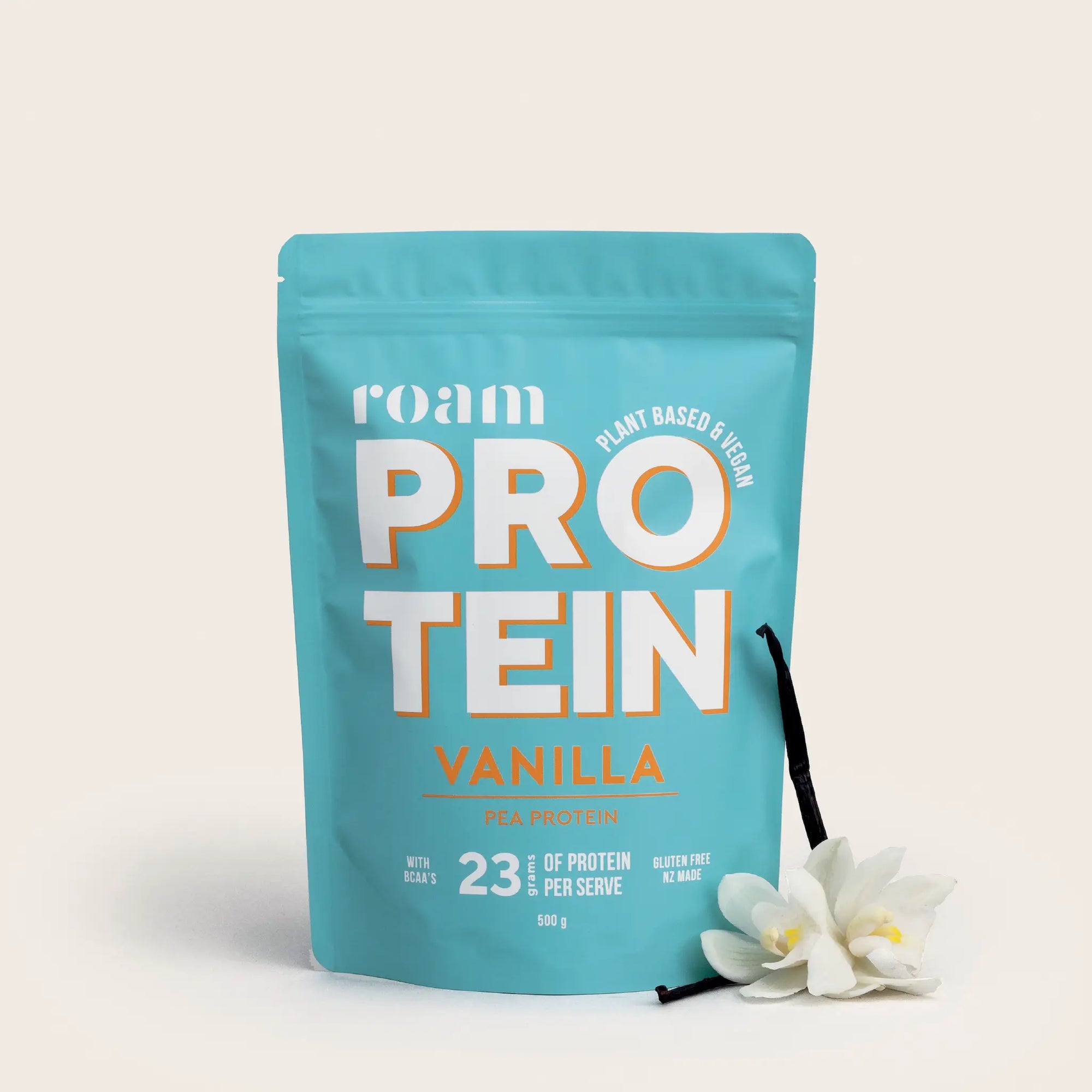What is anaerobic metabolism?
Anaerobic metabolism is a biological process that occurs in the absence of oxygen. It's a way for cells to produce energy when oxygen is scarce or unavailable.
During exercise and sports, anaerobic metabolism comes into play during intense, short-duration activities where the demand for energy exceeds the supply of oxygen available for aerobic metabolism. Think of sprinting, heavy weightlifting, or any explosive burst of activity.
During anaerobic metabolism, glucose is broken down into a substance called pyruvate, which is then converted into lactate. This process, known as glycolysis, provides a quick source of energy but also produces lactate, which can accumulate in the muscles and contribute to fatigue.
Unlike aerobic metabolism, which relies on oxygen and can produce energy more sustainably, anaerobic metabolism is a less efficient way to generate energy. It provides a rapid but temporary energy boost and is limited by the buildup of lactate and other metabolic byproducts.
In sports training and performance, understanding the balance between anaerobic and aerobic metabolism can be crucial. Athletes often train to improve their anaerobic capacity, allowing them to perform at high intensity for longer periods before fatigue sets in. This can be particularly important in sports that require sudden bursts of energy or sustained power output.
Anaerobic metabolism is a vital energy-producing process that supports high-intensity physical activity. It operates without the need for oxygen, providing a quick but limited source of energy, and plays a key role in various sports and exercise disciplines.
During exercise and sports, anaerobic metabolism comes into play during intense, short-duration activities where the demand for energy exceeds the supply of oxygen available for aerobic metabolism. Think of sprinting, heavy weightlifting, or any explosive burst of activity.
During anaerobic metabolism, glucose is broken down into a substance called pyruvate, which is then converted into lactate. This process, known as glycolysis, provides a quick source of energy but also produces lactate, which can accumulate in the muscles and contribute to fatigue.
Unlike aerobic metabolism, which relies on oxygen and can produce energy more sustainably, anaerobic metabolism is a less efficient way to generate energy. It provides a rapid but temporary energy boost and is limited by the buildup of lactate and other metabolic byproducts.
In sports training and performance, understanding the balance between anaerobic and aerobic metabolism can be crucial. Athletes often train to improve their anaerobic capacity, allowing them to perform at high intensity for longer periods before fatigue sets in. This can be particularly important in sports that require sudden bursts of energy or sustained power output.
Anaerobic metabolism is a vital energy-producing process that supports high-intensity physical activity. It operates without the need for oxygen, providing a quick but limited source of energy, and plays a key role in various sports and exercise disciplines.
Try the Roam Range
Tasty, wholesome, adventure-ready nutrition





 Protein Essentials Bundle
Protein Essentials BundleProtein Essentials Bundle
Regular priceUnit price per$194.95 NZDSale price $150.00 NZD




OUR MISSION IS TO PROVIDE NATURAL NUTRITION TO SUPPORT ACTIVE LIFESTYLES.
We do:
NATURAL. We use real ingredients. No artificial flavours or fillers.
TASTY. Truly yummy products that keep you coming back for more.
ADVENTURE. From mountain peaks to urban streets, Roam is the best on-the-go food option.
SENSIBLE SCIENCE. Practical exercise nutrition supported by evidence.










